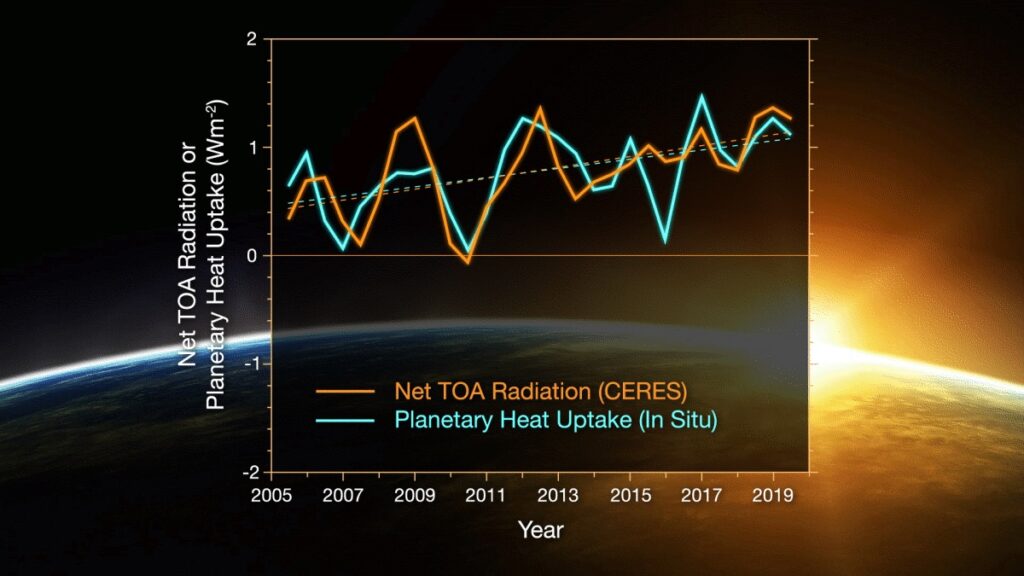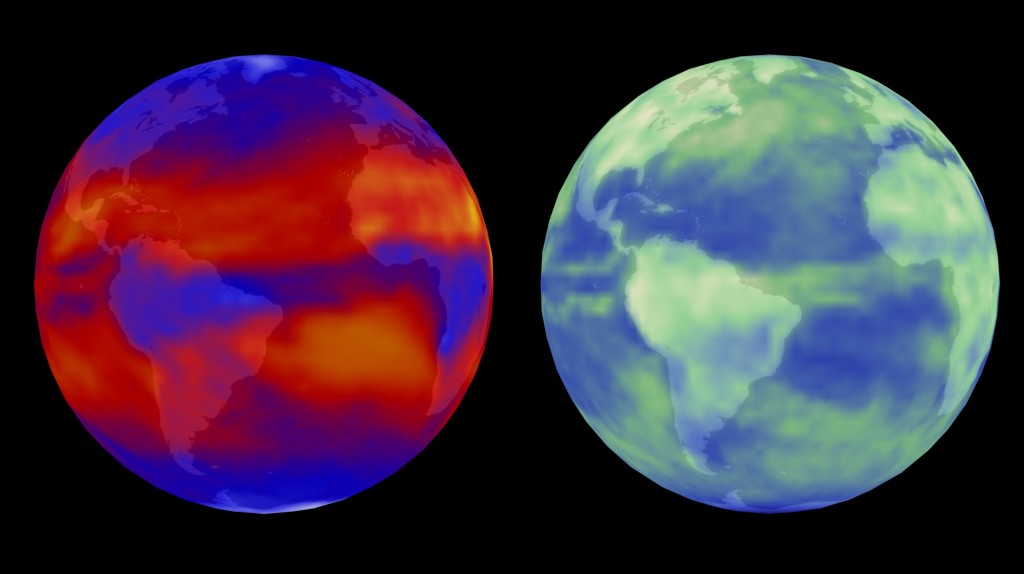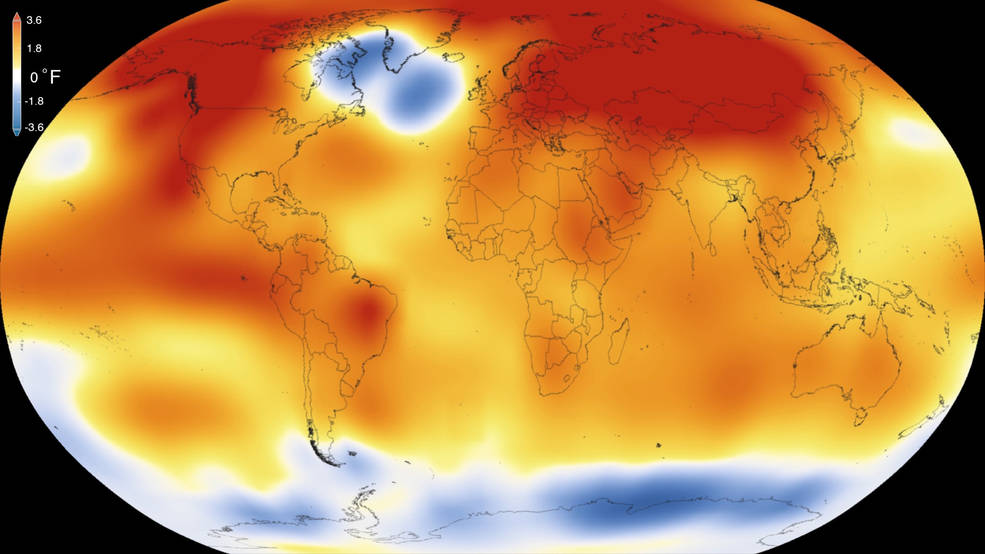Printed Wire Assemblies Back Online
To return function to 16 printed wire assemblies, including the two most recent, Terra’s Flight Operations Team rebooted Terra’s solid state recorder, on September 22, 2021. The successful reboot of Terra’s solid state recorder returned Terra to a level that allows full science acquisitions from all five instruments (ASTER, CERES, MISR, MODIS, and MOPITT).
The recorder reboot took nearly 12 hours to complete. The board-by-board power up sequencing resulted in all 16 printed wire assemblies of the 16 offline assemblies returning to operational status. Terra now has all 58 assemblies in service, and Terra’s data storage capacity is at the same level it had at launch. There are currently no known hardware limitations to the operation of Terra or any of its sensors and there is currently no official passivation (mission end) date.
For over two decades Terra has collected valuable data about Earth’s systems. In February 2020 Terra stopped doing platform maneuvers that would control its equator crossing time in order to maintain fuel for collision avoidance maneuvers. The remaining fuel will also be used to lower Terra’s orbit as part of its eventual passivation process. Now with the printed wire assemblies being returned to full function, Terra will be able to collect full data acquisitions from all five instruments throughout this process.
Terra will also continue collecting data after an orbit lowering maneuver planned for Fall 2022. The maneuver upholds agreements to ensure Terra is a safe distance from the other missions in the 705-km Earth Observing Satellite Constellation when fuel to maintain Terra’s orbit has been depleted.
“The science community views the changes in crossing time and orbit altitude as continuation of normal data collection for those products not affected by the orbital changes as well as an opportunity to do novel science with those that are affected,” according to Kurtis Thome, Terra Project Scientist. The Terra Project fully expects the Terra platform and all five instruments to operate past 2026 allowing them to maintain their status as leaders in Earth science data production. Terra’s long-term data record will continue to contribute to the Earth Science Division’s key science questions:
- How is the global Earth system changing?
- What causes these changes in the Earth system?
- How will the Earth system change in the future?
- How can Earth system science provide societal benefit?
Terra, the flagship Earth Observing Satellite, continues to be a leader in Earth science data, contributing to scientific research and applications worldwide, now with data capacity levels restored by a successful solid state recorder reboot.




